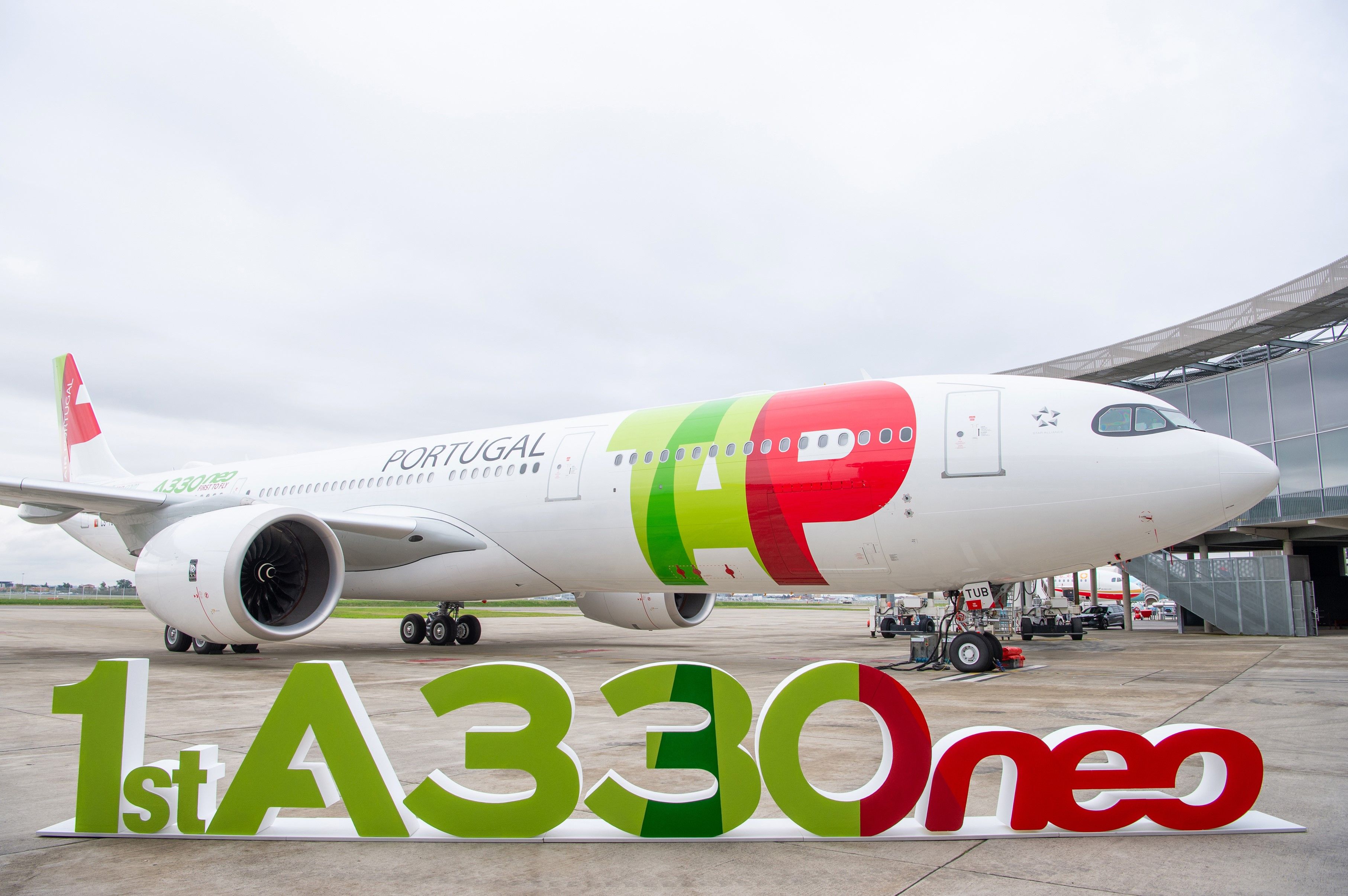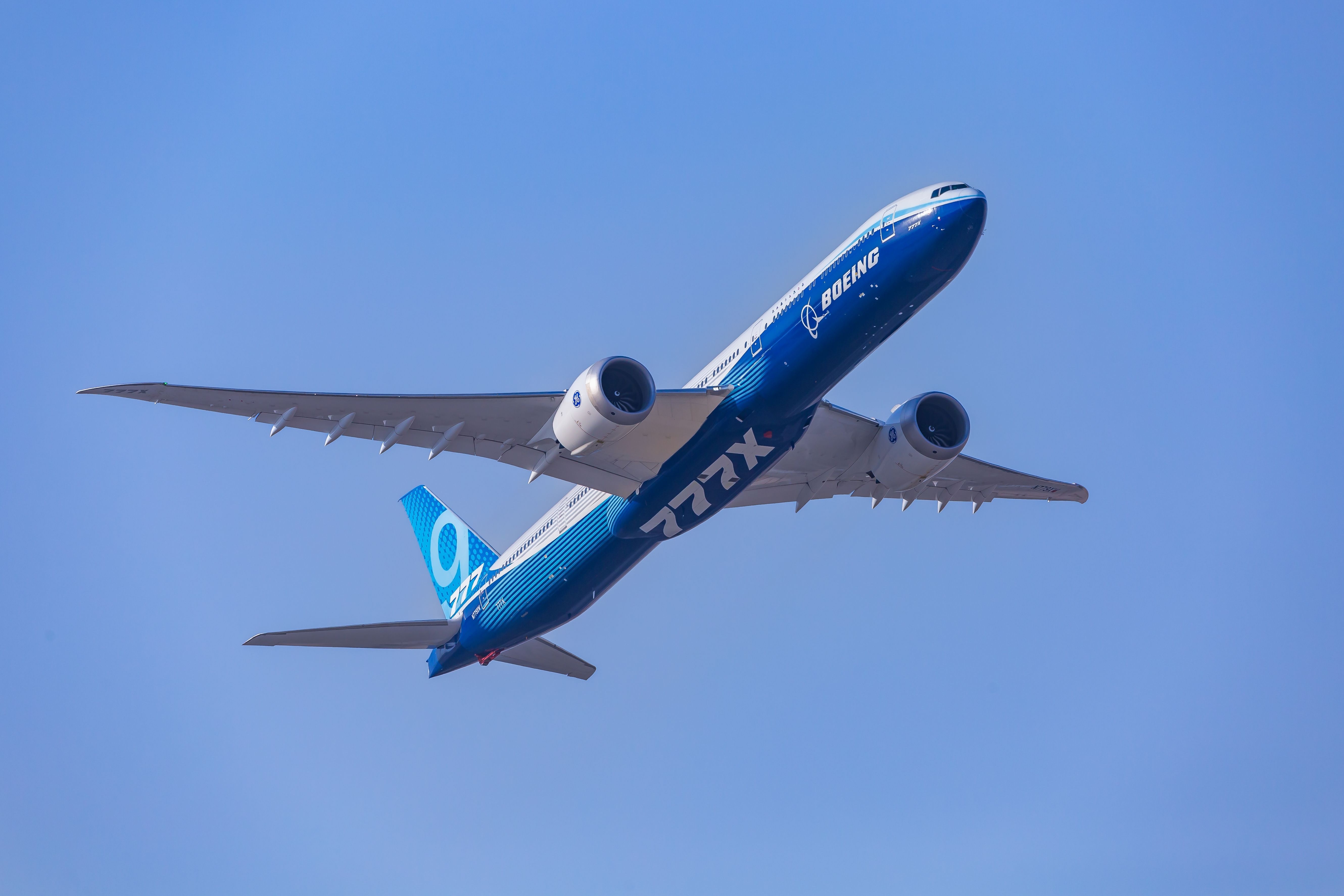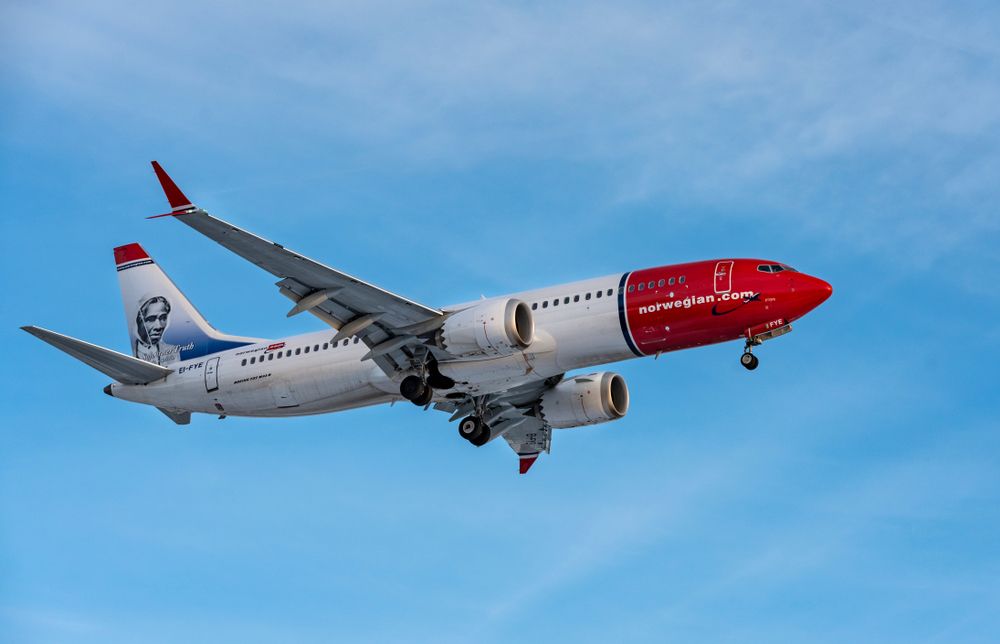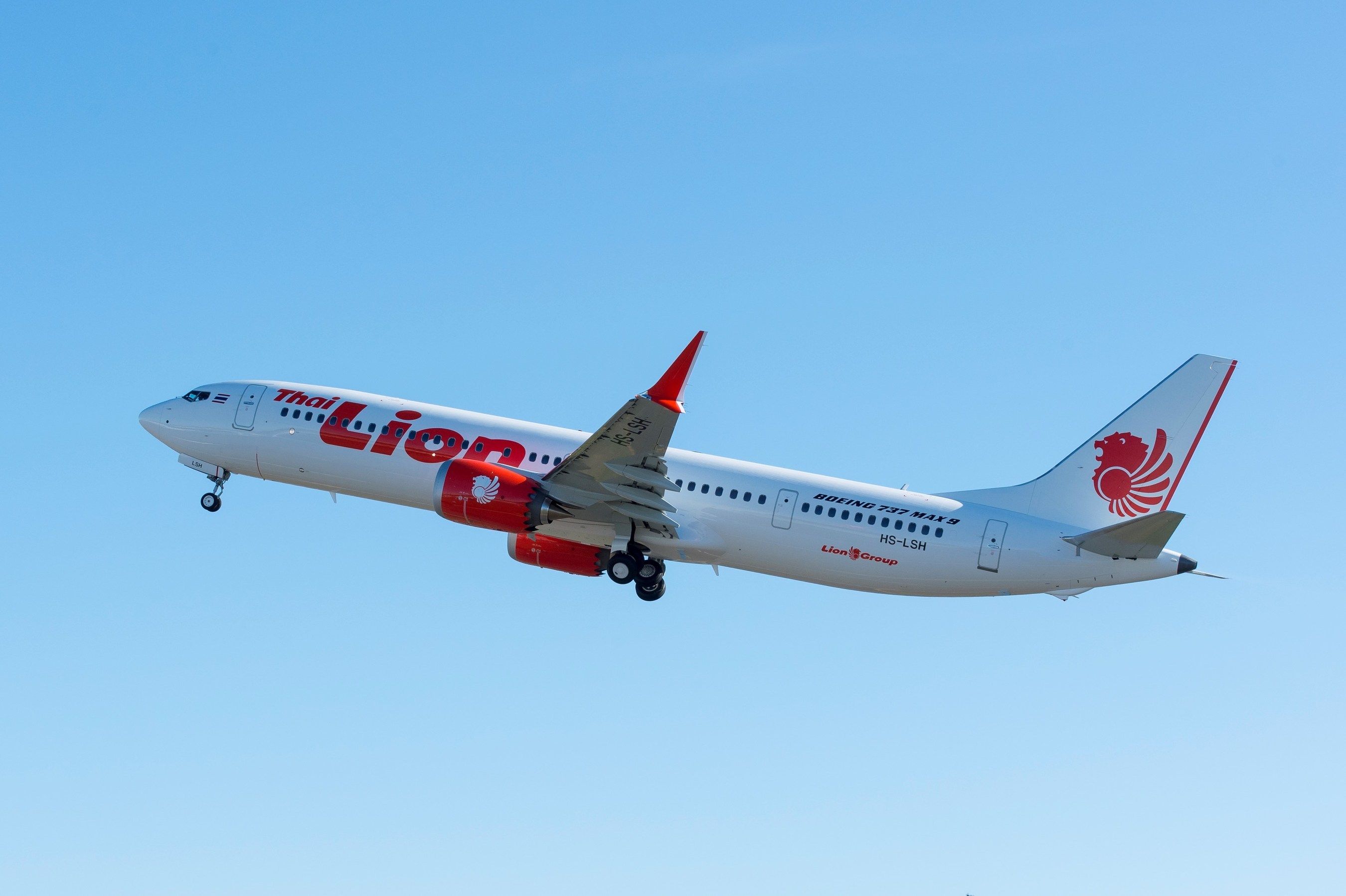Summary
- Launch customers enjoy advantages such as media attention, increased passenger traffic, and bragging rights, as demonstrated by ANA and Qatar Airways.
- However, being a launch customer also poses risks, including potential delays in certification and delivery, as seen with the Boeing 777X and its impact on airlines like Lufthansa and Emirates.
- Even well-designed aircraft can experience issues when entering service, as exemplified by the Dreamliner and the tragic consequences for Lion Air as the launch customer of the 737 MAX.
In the aviation world, a launch customer is an airline that takes the first delivery of a new aircraft type. There are pros and cons to being a launch customer - the glamor of being the first, and the risk of being the first to find out what's not quite right with it. Let's take a look at the reasons airlines work so hard to be first to fly a new type of airplane.
Launch customers can reap rewards
A few advantages exist to being the launch customer for a new aircraft type. This could include some extra media attention paired with bragging rights. It could also mean increased passenger traffic from aviation enthusiasts who want to be some of the first passengers aboard a new plane. Back in 2011, when ANA became the launch customer for the Boeing 787, tickets sold in an online auction went for as much as $34,000.
In 2018, Qatar Airways took delivery of the world's first Airbus A350-1000. It had also been the launch customer of the A350-900 in 2015. Both delivery events were glamorous affairs, with red carpets, hundreds of world press in attendance, and media tours to show off the aircraft. It made sure the world knew it had a brand-new airplane type, and delighted in all the exposure it gathered around the world as a result.
Of course, this particular partnership had a double-edged sword, as when Qatar came to have some A350s repainted ahead of the 2022 the World Cup, paint problems were exposed, leading to a lengthy, drawn out battle between airline and planemaker to establish fault and cause.
For the manufacturer, having a launch customer just means 'getting the ball rolling' as it seeks an order with enough volume to attract even more business. For larger manufacturers with a firm establishment, airlines may be fighting for the title.
On the other side, it may be a risk that an airline has to evaluate. Having a launch customer signifies trust in a new product that has never before seen commercial service. This was critical for Bombardier when it had SWISS as the launch customer for the CSeries (now Airbus A220).
The risk of delay
However, despite the great fanfare and potential marketing opportunities, being a launch customer also carries a risk. New airplane types have to undergo rigorous certification processes, not to mention flight testing, and delays can easily arise either with the regulators or due to issues identified in testing.
The Boeing 777X is one of the more extensively delayed aircraft types, and is still preparing for certification today. Boeing hopes that it will achieve this on time for a 2024 delivery to airlines, and has expressed concern that further delays could even lead to cancelations. But with increased FAA scrutiny, the risks are high that early customers - Lufthansa, Qatar, Emirates, for example - may have to again wait longer than expected.
Delays to deliveries are a headache for airlines, particularly when they've planned networks and fleets around those promised dates. Emirates' President Tim Clark noted that the airline was having to hold on to older Airbus A380s longer as a direct result of the non-delivery of its Boeing 777X. For other airlines, it can be embarrassing too, such as when Norwegian held an auction for mid-June 2017 tickets to fly on the brand new 737 MAX. Shortly after, Boeing announced that delivery was delayed until the end of that month. This caused some embarrassment and inconvenience for Norwegian.
The risk of malfunction
Even well-designed aircraft can have issues when entering service for the first time. During its bumpy entry into service, the Dreamliner was plagued with many problems. These issues included manufacturing errors, engine defects, hydraulic system glitches, fuel leaks, and battery problems.
As the first airline to take on the 737 MAX 9, Lion Air has perhaps paid the greatest price as a launch customer. In October 2018, it lost 189 passengers and crew when one of its 737 MAX aircraft plunged into the sea. Since then, much has been written about the 737 MAX and its issues. The 737 MAX is a worst-case scenario for any launch customer or early adopter. Large orders were placed, and regular service was scheduled. All of the buildup came to a halt when the aircraft type was grounded, and billions of dollars of investments were left unusable.
The MAX has made a stellar return to service, thanks to the efforts of Boeing engineers, and the Dreamliner is a long-haul favorite around the world. The fact remains that manufacturers can do all the testing they want of their new aircraft, but some of these issues are just not realized fully until the aircraft are in regular, active service.
Is it better to be a launch customer or not?
Airlines looking to order new airplanes must evaluate the risk and reward of being a launch customer. Being the first comes with glamor and recognition, but also comes with the risk of being the first to fly this new aircraft type. That airline will go down in the history books as being the first to operate that new aircraft type, but, in some cases, may also make it into the media for all the wrong reasons.
It's a fine line, and one that only the airline's owners and executives can decide upon. And, of course, there's always something to celebrate when an airline gets a new plane type, even if it's not the first in the world to fly it.




